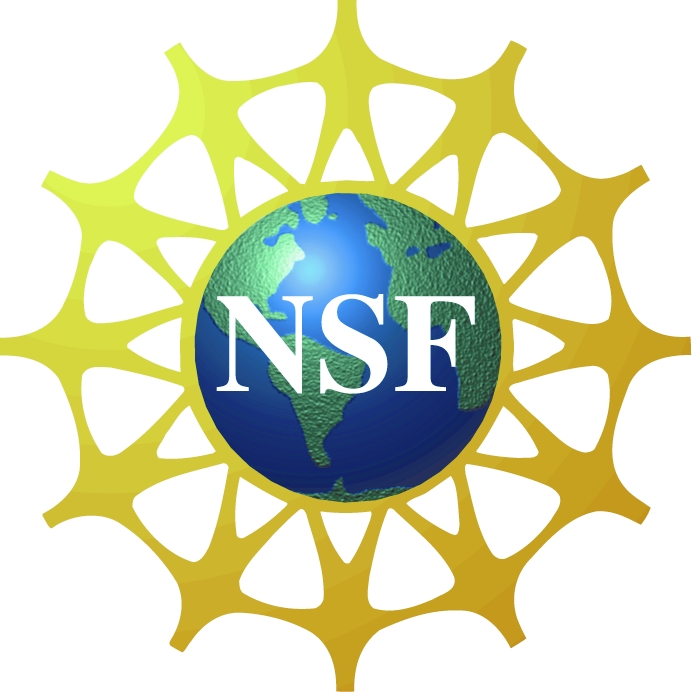NSF HBCU-UP TIP 1623236: Increasing Student Motivation and Engagement in STEM Courses through Gamification (2016-2021)
The Historically Black Colleges and Universities Undergraduate Program (HBCU-UP) through Targeted Infusion Projects supports the development, implementation, and study of evidence-based innovative models and approaches for improving the preparation and success of HBCU undergraduate students so that they may pursue science, technology, engineering or mathematics (STEM) graduate programs and/or careers. The project at Winston Salem State University seeks to improve the motivation, engagement, and academic performance of students by building software that enables the organization of computer science and physics courses using game design principles and mechanisms. This approach is about motivating particular student behavior in a course through the use of game elements, such as instant feedback, freedom to fail, freedom of choice, leveling, progress bars, badges, and leaderboards. The activities and strategies are evidence-based and a strong plan for formative and summative evaluation is part of the project.
This project has the objectives to: implement a course gamification platform that can support the gamification of STEM courses; develop instructional materials for gamifying modules of two computing courses, Data Structures and Introduction to Database Systems, and one physics course, Principles of Physics; and evaluate the developed software and created instructional materials to assess their effect on student motivation, engagement, and academic performance. Course gamification, which leverages extrinsic and intrinsic motivators for engaging and motivating students to learn, has the potential to improve academic performance and contribute to increased retention and graduation rates in STEM disciplines. Therefore, the proposed gamification approach and supporting software will be especially beneficial for institutions whose students have low STEM graduation rates.
- Project Summary
- Project Team
- Publications
- OneUp Adopters
- Resources for using the OneUp gamification platform
- SIGCSE 2021 Workshop
The material in this site is based upon work supported by the National Science Foundation under Grant HRD-1623236. Any opinions, findings, and conclusions or recommendations expressed in this material are those of the author(s) and do not necessarily reflect the views of the National Science Foundation.

